Referencing the rolling hills of Icha Chateau brand’s own tea plantations, Spacemen created a sculptural destination for Shanghai’s discerning tea drinkers.

May 3rd, 2019
When coffee giant Starbucks opened its largest store in Shanghai, China in December of 2017, tea bars across the country pulled up their socks (so to speak). Using design as their instrument for reinvention, they set out to start a fresh conversation with their market of trendy tea drinkers.
Icha Chateau is an exceptional case in point, elevating its interiors by applying a fringed canopy to its ceilings. Working with Spacemen studio to pull off this impressive overhang, the tea bar and restaurant used 35,000 metres of gold chain in three different shades.
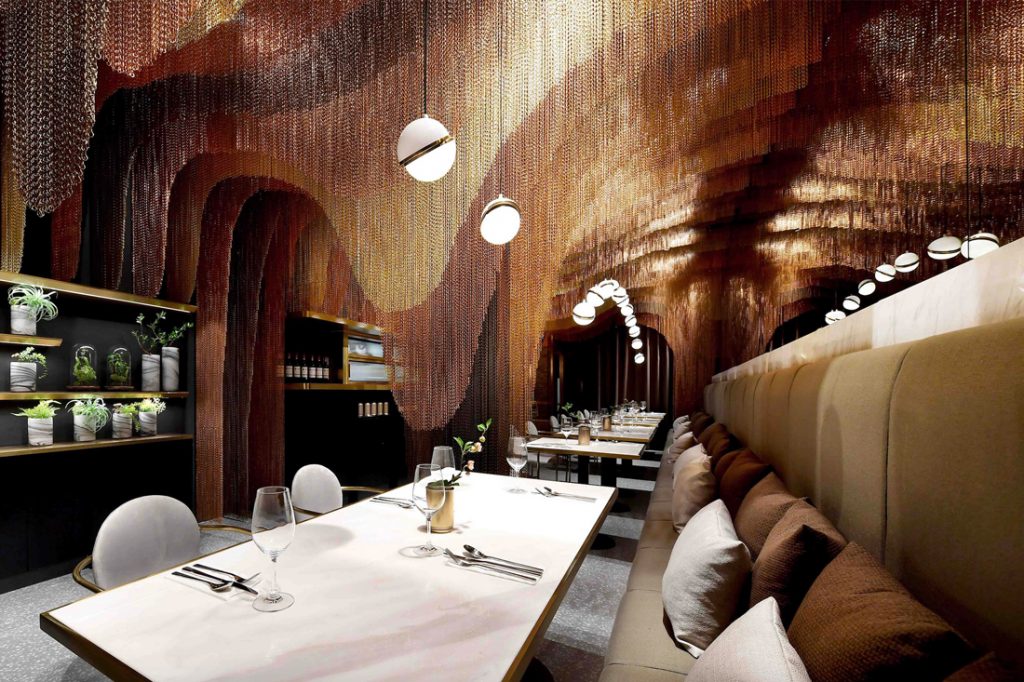
Mimicking the shape of Chinese tea plantations, the undulating, sculptural planes form various nooks and niches for patrons seeking privacy, while their soft nature invites people to touch and feel.
Grey mirrors, strategically placed behind the sofas, enhance the narrow site and reflect the gold cloud, creating a sense of dining within a forest. The sculptural piece is used to mask a structural column, turning it into the focal point where all chains are anchored, while its various levels and hues also conceal the store’s technical equipment.
Grey terrazzo, matte black stained timber and grey upholstery fabrics compose a muted material palette that provides a sleek background to the gold canopy above.
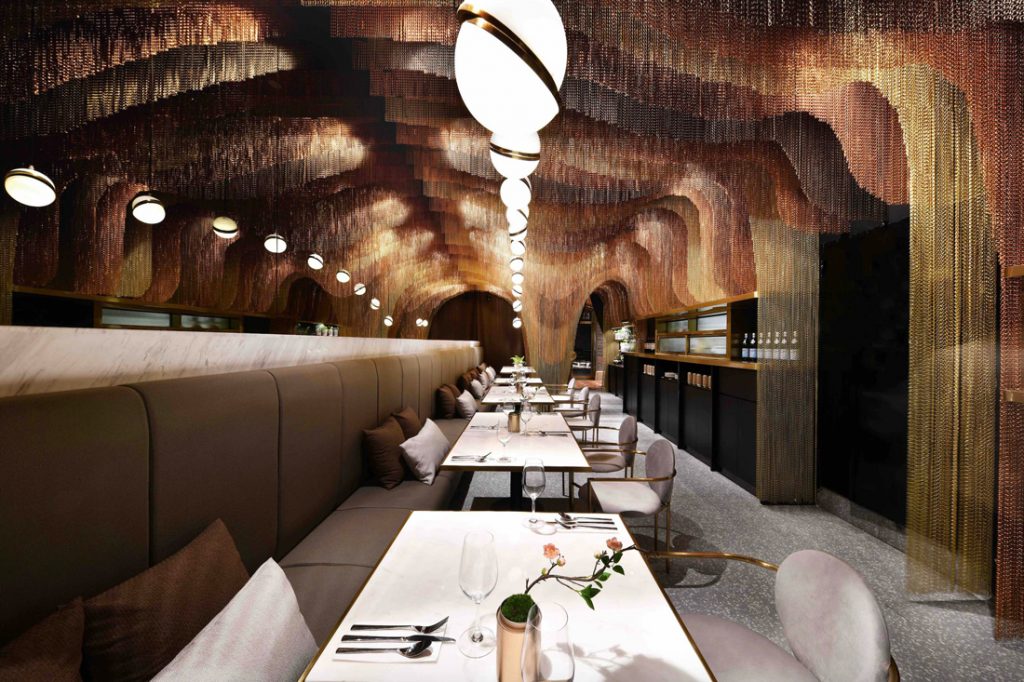
The dream-like interior is a celebration of Chinese tea culture. Through well-conceived design devices, Spacemen brings history and modernity into play, combatting the dominance of Westernised coffee chains to reignite Shanghai’s love affair with its heritage.
Lighting: Lee Broom ‘Mini Crescent Light’, Roll & Hill ‘Rudi Double Light’
Furniture: Bend ‘Lucy Chair’, Bride’s ‘Veil Stool’
INDESIGN is on instagram
Follow @indesignlive
A searchable and comprehensive guide for specifying leading products and their suppliers
Keep up to date with the latest and greatest from our industry BFF's!
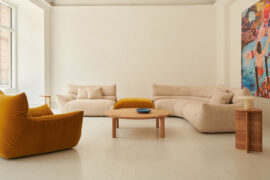
A curated exhibition in Frederiksstaden captures the spirit of Australian design

For Aidan Mawhinney, the secret ingredient to Living Edge’s success “comes down to people, product and place.” As the brand celebrates a significant 25-year milestone, it’s that commitment to authentic, sustainable design – and the people behind it all – that continues to anchor its legacy.

Practicing architecture and giving back to the next generation of students, Jenchieh Hung of HAS design and research is ensuring that the landscape of Thailand is in very good hands for the future.

In his seminal essay, Stéphane Mallarmé famously wrote: “Everything in the world exists to end up as a book.” Wutopia Lab embraced this ideal, conceiving Shanghai Book City as, quite literally, a vertical city made of books.
The internet never sleeps! Here's the stuff you might have missed
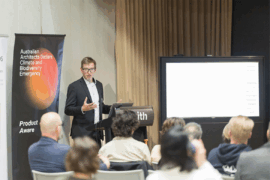
In a landscape clouded by data and greenwash, Product Aware offers architects and designers a common language for sustainability. Embraced by suppliers – including Milliken – it is setting a new benchmark for trust and bringing clarity and accountability to material specification.

In this comment piece, COX Principal David Holm reflects on Carlo Ratti’s curatorship in which climate, colonisation and gender equity took centre stage at the Venice Biennale.
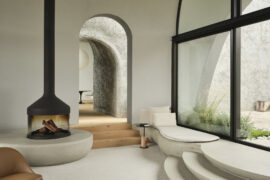
Leeton Pointon Architects and Allison Pye Interiors have been awarded as the winner of The Living Space at the INDE.Awards 2025 for their exceptional project House on a Hill. A refined and resilient multigenerational home, it exemplifies the balance of architecture, interior design and landscape in creating spaces of sanctuary and connection.
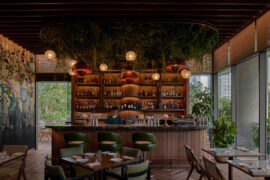
Grounded by the rich warmth of American white oak, The Standard’s newly opened restaurant, Kaya, redefines the classic dining convention through a tasteful fusion of biophilic design, mid-century modern sensibility and elevated whimsy.